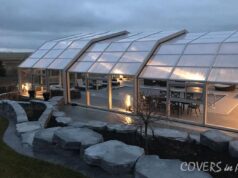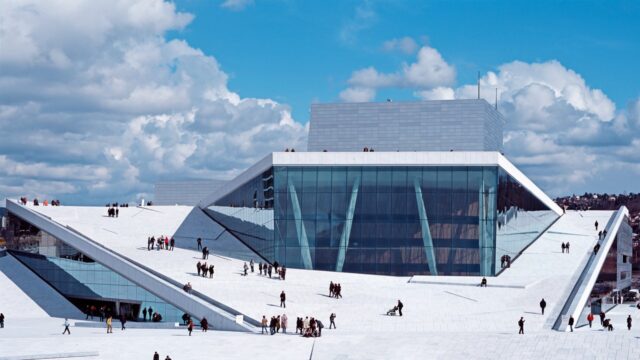
Architecture, the art and science of designing buildings and structures, is more than just about creating aesthetically pleasing edifices. It plays a pivotal role in shaping our lives, societies, and civilizations, subtly yet profoundly influencing our behaviors, emotions, and overall well-being.
From the configuration of our homes to the layout of our cities, every detail in architectural design carries profound implications on how we perceive and interact with our surroundings.
The physical environment we inhabit—carved by the hands of architects and urban planners—holds an intriguing power to impact our psychological states and processes.
Whether it’s the tranquility induced by a harmoniously designed public park or the vibrancy felt in a well-planned, bustling commercial district, our built environment can steer our mood, cognition, and behavior in remarkable ways.
This article studies the psychological impact of architectural design, exploring how the spaces we inhabit can sculpt our minds and lives, and the role of architects in cultivating healthier, happier societies.
Environmental Psychology

Environmental psychology examines the interplay between humans and their surrounding environment, which includes both built and natural environments. This field of study appreciates the power of environmental factors in shaping our cognitive functions, emotions, and behaviors.
Environmental psychology allows a modern architect to understand how physical settings affect individuals and how individuals, in turn, interact with and influence their environment.
These understandings have profound implications for architectural design, suggesting that architects can use their designs to manipulate environmental factors in ways that enhance human well-being and productivity.
The relevance of environmental psychology to architecture dates back to the 1960s and ’70s when psychologists and architects began to recognize the profound effect that the physical environment can have on human behavior.
An early and significant study by Roger Ulrich showed that hospital patients with a view of natural scenes recovered more quickly from surgery than those who had a view of a brick wall.
Since then, numerous studies have further explored and validated these findings, reinforcing the undeniable influence of architectural design on human psychology.
A recent example includes a report from the World Green Building Council stating that employees in offices with good daylight and ventilation have up to a 16% increase in productivity.
These studies have laid a firm foundation for the incorporation of environmental psychology principles into architectural design, paving the way for more human-centric, health-promoting spaces.
Key Principles in Architecture that Influence Psychology
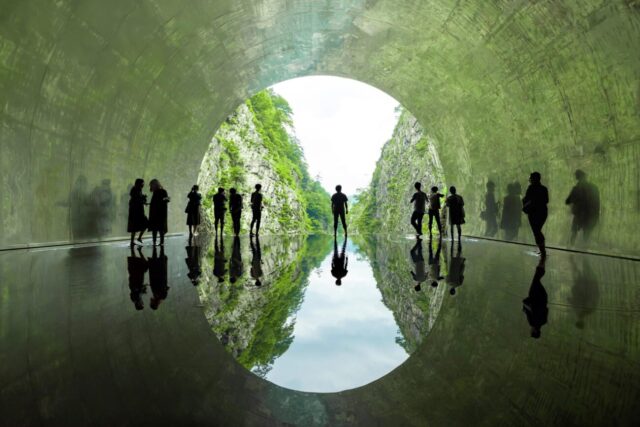
Elements like color, texture, lighting, and space, serve as conduits through which architects can either enhance or hinder human psychological well-being.
Color, for instance, is known to evoke specific psychological responses. Warm colors like red, orange, and yellow are associated with feelings of warmth and comfort but also hostility and anger. In contrast, cool colors like blue, green, and purple often promote feelings of calm and relaxation but may also invoke feelings of sadness.
Texture can influence our sense of touch and perception, and through this, our emotional responses. Rough textures may signify toughness and solidity, while smooth textures can communicate comfort and luxury.
Adequate lighting can foster a sense of safety, boost mood, and improve productivity. Similarly, the use of space can affect how we perceive an area; crowded spaces may induce stress and discomfort, while open spaces often promote a sense of freedom and relaxation.
A study published in the Journal of Environmental Psychology demonstrated the powerful impact of these architectural elements on human well-being. The research revealed that workers in a blue or green environment reported higher levels of job satisfaction, cognitive function, and creativity compared to those in a red environment.
Similarly, Apple Inc. utilized these principles in the design of their retail stores. Apple stores often feature an open-space layout with ample natural light and smooth textures, which create a welcoming and luxurious atmosphere, subtly improving customer experience and satisfaction.
Psychological Impact of Residential Architectural Design
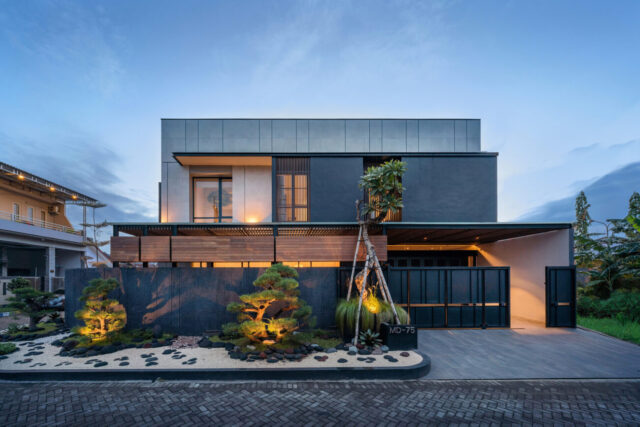
Residential architecture is where we spend most of our time, a sanctuary from the external world that often reflects our tastes, identities, and values, allowing it to pervade our mental state.
Elements such as the layout, the allocation of space, the presence of natural light, color schemes, and even the arrangement of furniture can contribute to feelings of comfort, security, and happiness, or conversely, induce stress, anxiety, and dissatisfaction.
Consider the common open-plan design found in many modern homes. While it facilitates interaction and communication among family members, potentially fostering stronger relationships, it can also lead to feelings of overcrowding and lack of privacy, particularly in larger families.
On the other hand, traditional designs with compartmentalized spaces may offer more privacy, but can create feelings of isolation or disconnectedness. The challenge, therefore, lies in finding a balance that best serves the specific needs and dynamics of each household.
Psychological Impact of Commercial and Public Architectural Design
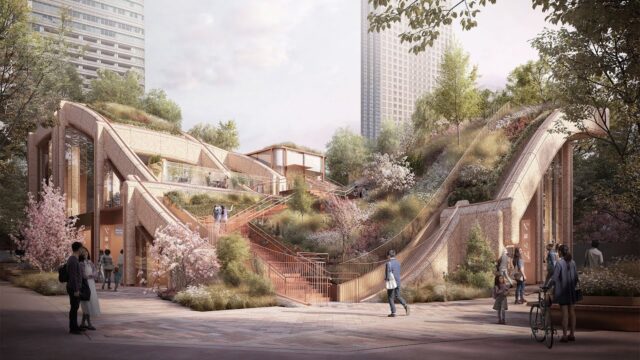
Natural lighting, ergonomic furniture, access to views of nature, and thoughtfully designed break-out spaces can reduce stress and boost morale, leading to enhanced productivity. Conversely, poorly designed office spaces with bad lighting, inadequate ventilation, or an overly noisy environment can contribute to employee discomfort and, in turn, reduced productivity.
Well-designed public parks, with their green spaces, walking paths, and seating areas, provide an environment that encourages physical activity, social interaction, and relaxation, contributing to better mental health in the community.
Similarly, museums, with their thoughtful spatial organization and aesthetic appeal, can stimulate intellectual curiosity, foster learning, and promote cultural appreciation.
Consider a hospital room with a view of a garden or natural landscape, soft colors on the walls, good natural lighting, and a quiet ambiance. An environment that is calming, comforting, and aesthetically pleasing significantly reduces patient stress, promotes healing, and leads to shorter hospital stays.
The relationship between architectural design and psychology highlights how our built environment molds our mental and emotional well-being. Incorporating psychological considerations not only shapes our physical world, but also contributes to creating healthier, happier societies, where architecture serves as a catalyst for positive psychological health.



